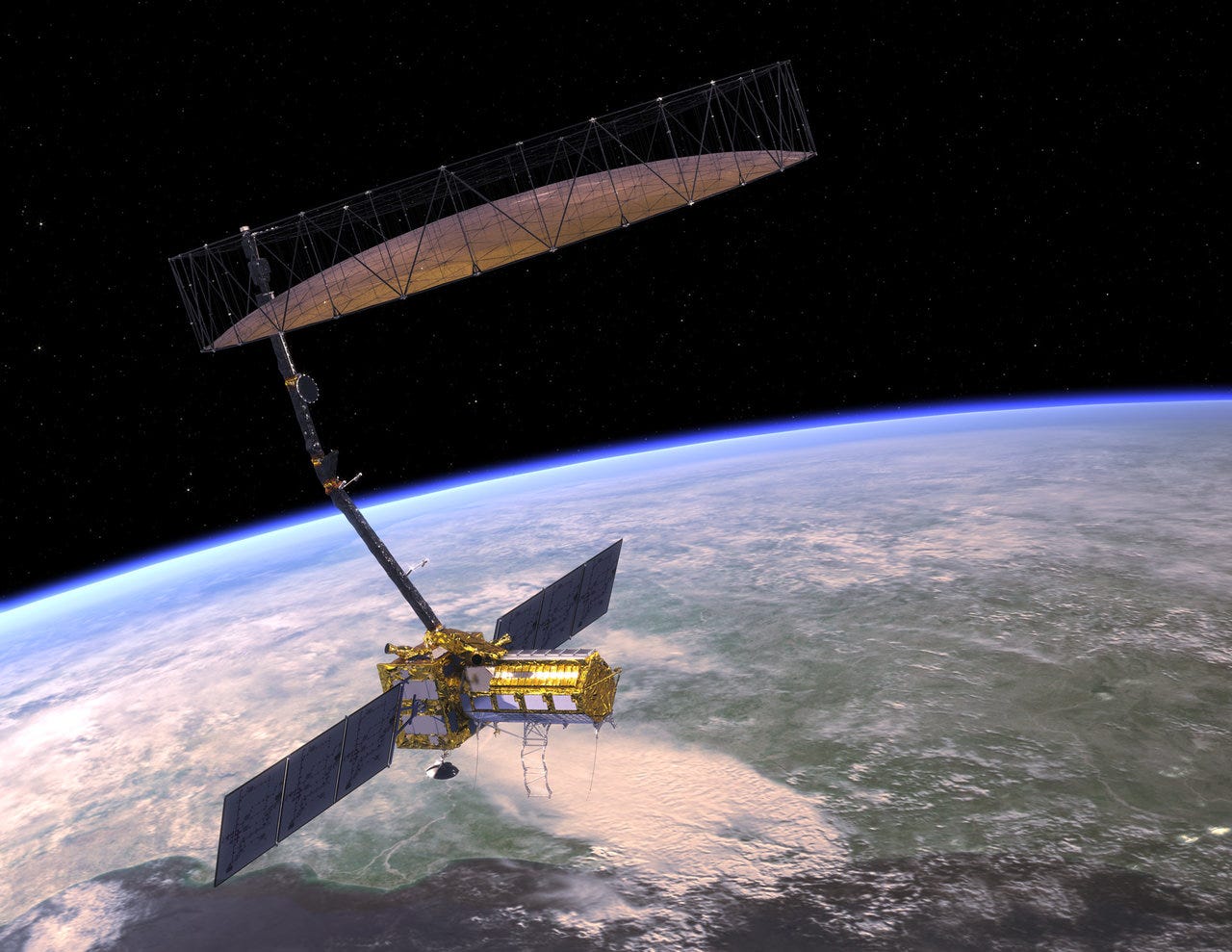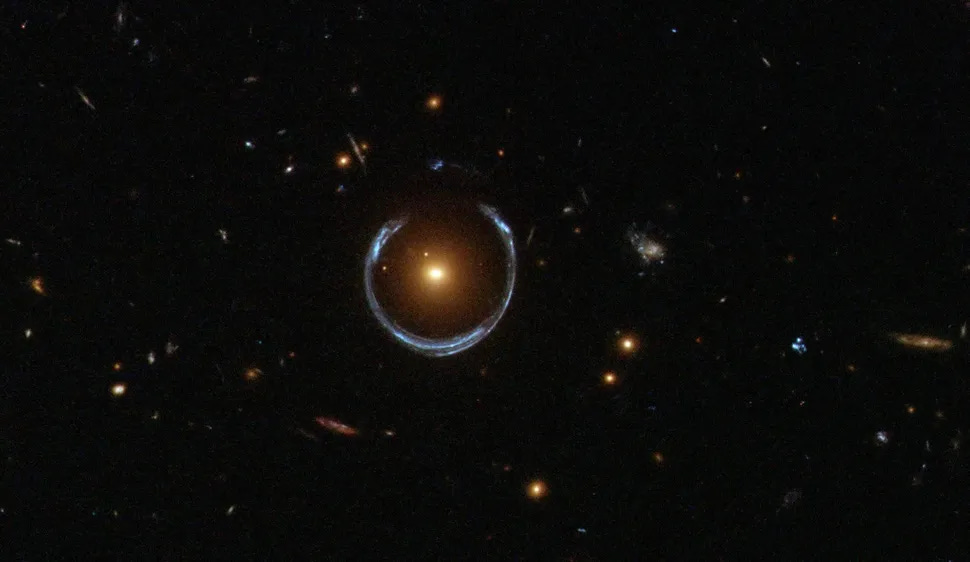Weekly - Agnikul develops world’s largest single-piece rocket engine and more
🟡 Weekly Space News - Quick and Easy.
Our Engagement Palette!
Check out our colour-coded system for our weekly space news:
🟤 Brown: For weeks that are mundane and bland.
🟡 Yellow: For fairly interesting weeks.
🟢 Green: For the most exciting weeks.
This Palette will help you decide if this week’s news is worth your time!
This week ranks yellow 🟡 on the Engagement Palette.
NISAR satellite launched
Recently, ISRO’s GSLV Mk II rocket successfully put the NISAR satellite in orbit 745 kilometres above the Earth. NASA-ISRO Synthetic Aperture Radar, as the name suggests, is an extremely advanced weather satellite built by the Indian and American space agencies. It is a cutting-edge satellite that uses 2 frequencies of radar at the same time for seeing through clouds and vegetation with very high precision.
Agnikul develops world’s largest single-piece rocket engine
Recently, Indian space startup Agnikul Cosmos announced that it had successfully built the world's largest 3D-printed, single-piece rocket engine. The engine is more than a meter long and is built from Inconel, an extremely strong alloy. This is a huge development as 3D printing will significantly lower the cost for rocket manufacturing, and a single-piece design ensures a lower chance of failure.
Scientists find largest reliably measured blackhole
Last week, scientists spotted a new black-hole 5 billion light-years from Earth in the Cosmic Horseshoe system. They measured the mass of this blackhole to be 36 billion times that of our sun by measuring how the blackhole bends light around it. This technique is called gravitational lensing and is a highly accurate method of finding a body’s mass. This makes the blackhole the largest reliably measured blackhole discovered. The title for the largest blackhole still goes to Ton 618, which has 66 billion times the mass of our sun, but it has been measured using indirect methods.




